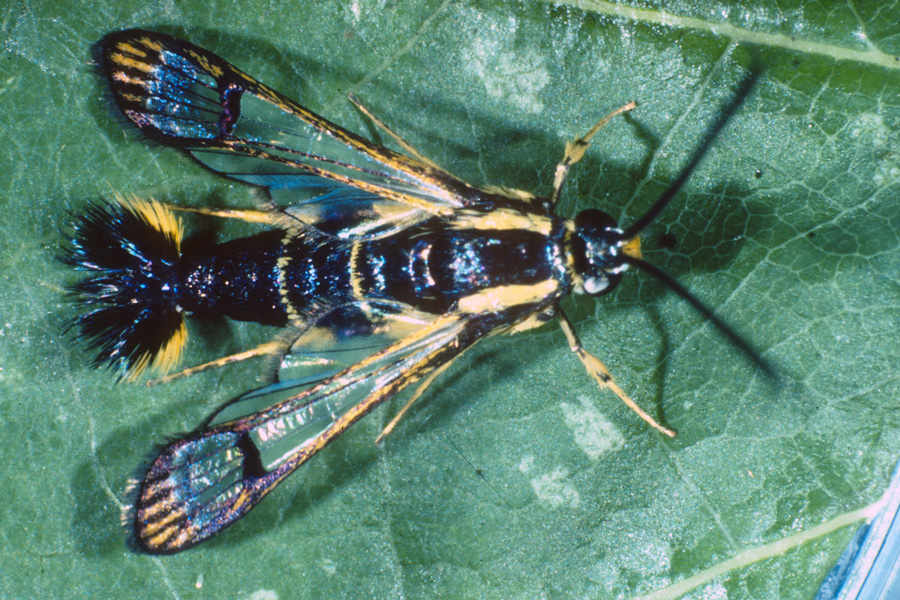Georgia homeowners may want to celebrate Arbor Day, the third Friday of February, by adding new trees and shrubs to their landscapes. Read these tips from University of Georgia Extension to ensure correct planting.
Trees and shrubs are available from nurseries in three forms: bare-root, balled and burlapped, or container-grown.
Bare-root trees
The soil is shaken away from bare-root trees after digging. The trees are then placed in cold storage in a closely controlled environment. Most bare-root trees are planted during the dormant season, before roots and buds begin to grow. Since there is no soil on the roots, it is vital that care always be taken to protect the roots from exposure to drying winds or sun.
The bare roots should be kept moist and the trees should be planted as soon as possible. Before planting the tree, soak the roots completely in water for at least 20 minutes.
Proper planting now = healthy tree later
The quality of the planting hole will determine the long-term health of the root system and the tree. To plant bare-root trees, dig the planting hole in a saucer shape, two to three times the width of the root spread. The hole should be wider at the top than the bottom and have sloped walls. This is also a recommended practice for balled and burlapped trees and plants from containers.
Dig the hole to a depth that will allow the root flare to remain slightly above the soil surface. In heavy-clay soils, it is better to plant trees 1 inch too high than 1 inch too low. A mound of soil should be created in the bottom of the hole. The exposed roots should be carefully placed over the soil mound and native soil placed into the hole to stabilize the tree.
Planting too deep can stress the tree and drown or suffocate the roots. Drainage is also an important consideration for successful planting. A poorly prepared planting hole may act as a dish and hold water, especially in clay soils, which limits oxygen uptake by the roots.
Don’t add gravel
Do not put gravel in the bottom of the planting hole, as it will not help with drainage. Gravel can actually create voids under the roots that retain too much water, causing the roots to rot. Do not add any type of soil amendment or fertilizer to the native soil fill or the hole.
When backfilling around the roots, use native soil and work the soil around the roots so no air pockets remain. Large pockets of air can allow roots to dry out. Firm the soil so the tree is vertical and adequately supported.
Provide thorough watering while backfilling to the surrounding soil grade. Forming a water-retaining basin of soil beyond the edge of the planting hole can help maintain moist roots during the first season of establishment. Water basins should always be removed after establishment or by the end of the second growing season to avoid future drainage problems.
Provide water and mulch
Thoroughly water the tree after planting. Newly planted trees may need supplemental water once or twice a week for the first few months.
Apply 2 to 3 inches of organic mulch or pine straw. Leave the mulch several inches away from the trunk to prevent bark decay and rotting. Mulching will conserve soil moisture, moderate soil temperature extremes and reduce competition from weeds and turfgrass. Ideally, the mulch ring should be expanded as the tree grows to at least the width of the tree branches to protect the roots from lawn mowers and weed-eaters.
Most small trees do not need support after planting. Staking can harm trunk development and root growth. However, if staking is necessary, do not stake the tree rigidly. If two support stakes are used, attach a single, flexible tie to the tops of the stakes. Support tapes and stakes, generally, should be removed after one growing season. If staking is left in place for too long, the tree’s ability to stand may be reduced and the chance of girdling injury to the trunk increases.
Trees need time to react and adjust to the new growing site. The sooner they get acclimated to the native soil, the better off they will be. After the first growing season, apply fertilizer based on soil test recommendations. Once established, mature trees rarely need fertilization.
By following these simple tips from UGA Extension and avoiding common mistakes, anyone can successfully plant a tree for Arbor Day.



